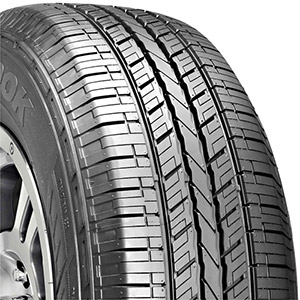overhead garage door weather stripping
Understanding Overhead Garage Door Weather Stripping Benefits, Types, and Installation
When it comes to maintaining a secure and energy-efficient home, garage doors play a crucial role. An often-overlooked component of an overhead garage door is weather stripping. This simple yet effective addition can make a significant difference in your home’s energy efficiency, security, and durability. In this article, we'll delve into the importance of weather stripping, types available, and tips for proper installation.
What is Weather Stripping?
Weather stripping refers to the materials used to seal gaps around doors and windows to prevent air, water, and pests from entering. For overhead garage doors, weather stripping serves the same purpose — it ensures that your garage remains insulated, protected from the elements, and efficient in energy usage. If you notice drafts, moisture accumulation, or pests entering your garage, it is likely time to assess your weather stripping.
Benefits of Garage Door Weather Stripping
1. Energy Efficiency A well-sealed garage door can significantly reduce heating and cooling costs. Weather stripping prevents conditioned air from escaping and outside air from entering, helping to maintain a stable temperature inside the garage. This not only keeps your garage comfortable but also can positively impact the overall energy efficiency of your home.
2. Moisture Prevention Excess moisture can lead to mold growth and damage to your garage and the belongings stored inside. Weather stripping creates a barrier against rain and snow, helping to keep your garage dry. This is particularly important if you use your garage as a workspace or store valuables such as tools and sports equipment.
3. Pest Control Unsealed gaps in your garage door can become entry points for pests like rodents and insects. Weather stripping closes off these gaps, helping to keep your garage free from unwanted guests.
4. Noise Reduction For homes located in busy areas, weather stripping can also help reduce noise infiltration from outside. This can be particularly beneficial if your garage is adjacent to living spaces.
5. Protection and Durability Weather stripping can help protect the mechanical components of your garage door from damage caused by water and debris. A well-maintained door is less likely to suffer from rust, corrosion, and deterioration.
Types of Weather Stripping for Garage Doors
There are several types of weather stripping suitable for overhead garage doors
. Here are the most common1. Vinyl Weather Stripping This flexible, durable material is easy to install and can fit snugly against the garage door. It resists shrinkage and tearing, making it a popular choice for homeowners.
overhead garage door weather stripping

2. Rubber Weather Stripping Often used for its resilience and weather resistance, rubber weather stripping is excellent for outdoor exposure. It provides a tight seal and is available in various shapes and sizes.
3. Felt Weather Stripping While less durable than vinyl or rubber, felt is inexpensive and easy to install. It is best used in mild climates or areas where extreme weather is not a concern.
4. Metal Weather Stripping Used primarily for its robust nature, metal weather stripping is often combined with rubber or vinyl for enhanced sealing. It's a good option for heavy-duty applications.
Installation Tips
Installing weather stripping on your garage door is a straightforward process that many homeowners can tackle themselves. Here are steps to consider
1. Measure the Gaps Inspect your garage door for gaps between the door and the frame. Measure the length of each side to ensure you purchase the right amount of weather stripping.
2. Choose the Right Material Based on your needs and climate, select a weather stripping material that will best suit your garage door.
3. Clean the Installation Area Remove dirt and debris from the door and frame to ensure a strong adhesive bond.
4. Cut to Size Cut the weather stripping to the required lengths, ensuring that it fits snugly without excess material.
5. Apply the Weather Stripping Follow the manufacturer's instructions for applying the weather stripping. Ensure it adheres well and that all gaps are sealed for maximum efficiency.
6. Test the Seal Once installed, check the seal by closing the door and looking for any light entering through the gaps.
By understanding the importance of weather stripping and taking the necessary steps to install it effectively, homeowners can enhance their garage's comfort, efficiency, and security. Not only does it protect your garage from the elements, but it also contributes to a more sustainable home environment. Invest in quality weather stripping today, and you’ll reap the benefits for years to come.
-
Under Door Draught Stopper: Essential ProtectionNewsJul.31,2025
-
Garage Door Seal and Weatherstrips for ProtectionNewsJul.31,2025
-
Edge Banding Tape for Perfect EdgesNewsJul.31,2025
-
Table Corner Guards and Wall Corner ProtectorsNewsJul.31,2025
-
Stair Nose Edging Trim and Tile Stair SolutionsNewsJul.31,2025
-
Truck Bed Rubber Mats for Pickup BedsNewsJul.31,2025
-
Window Weather Stripping for Noise ReductionNewsJul.29,2025